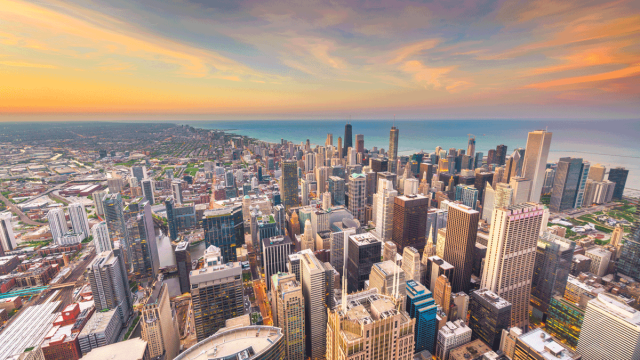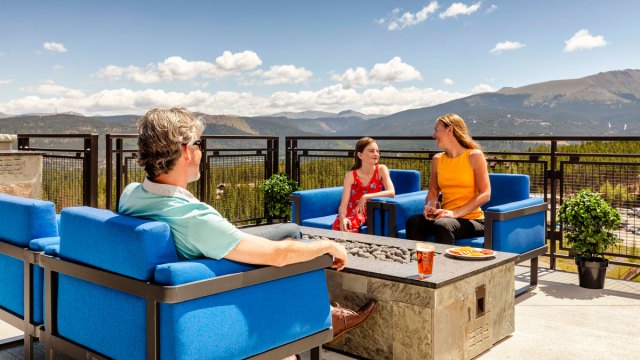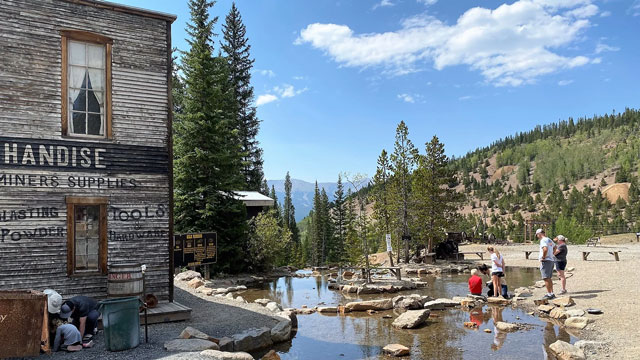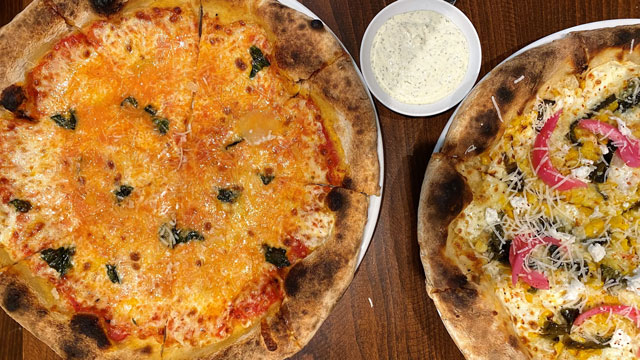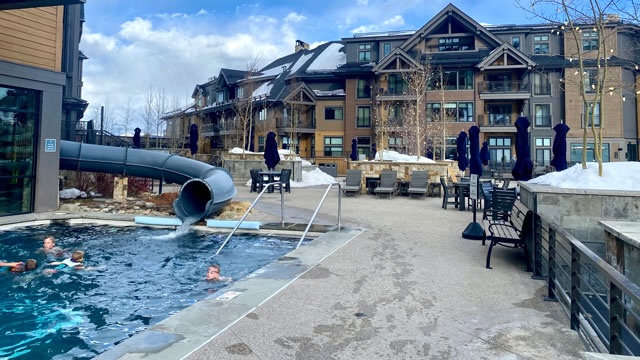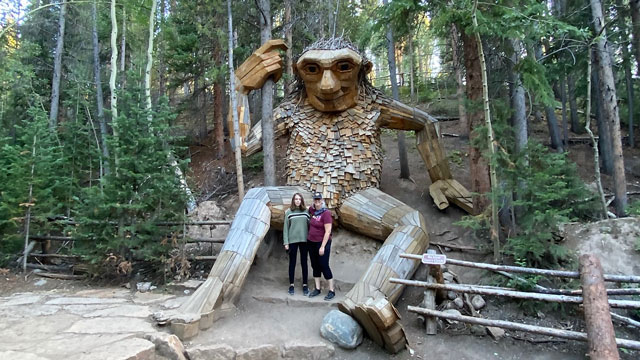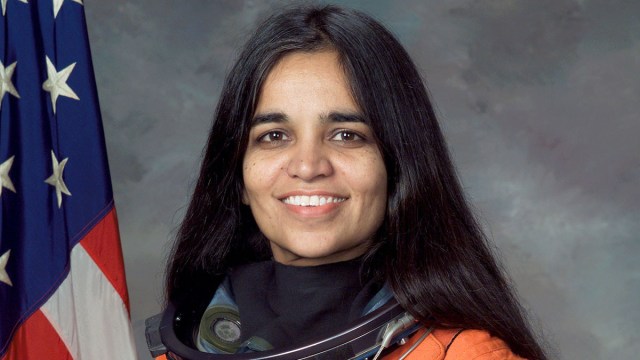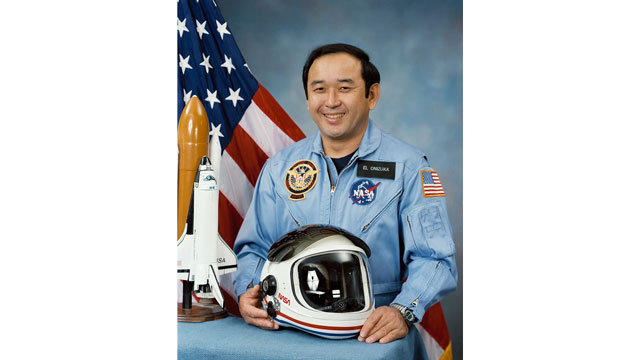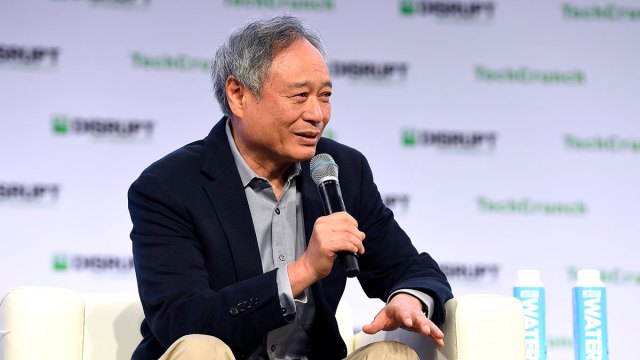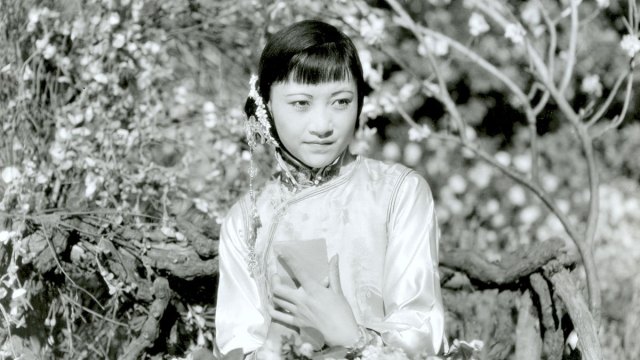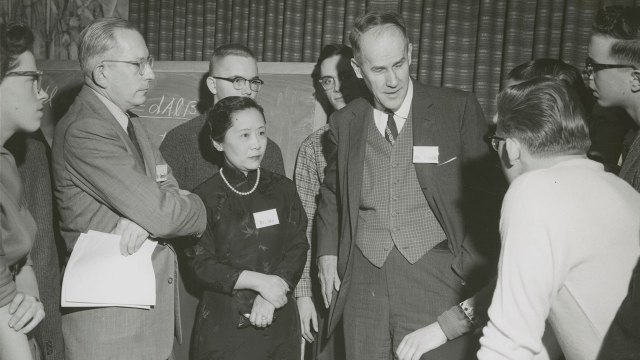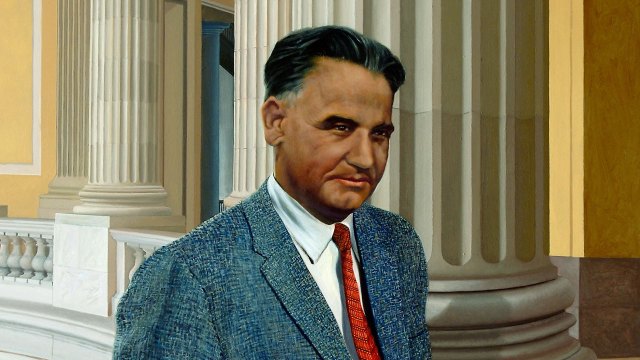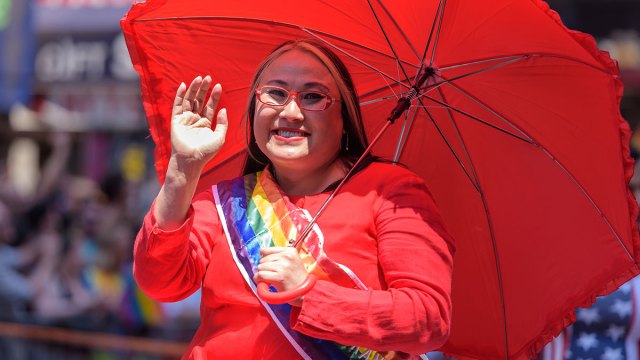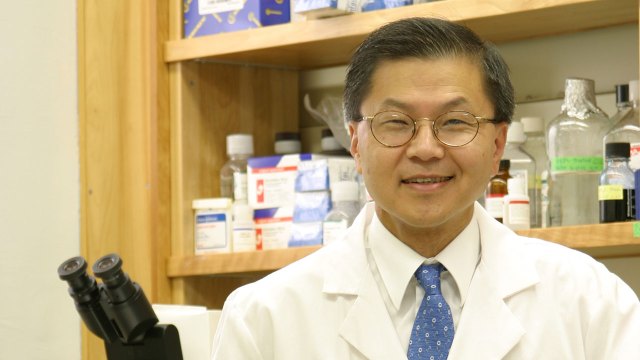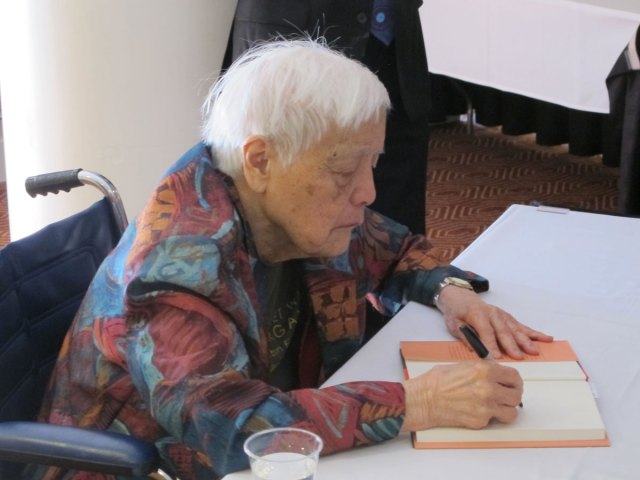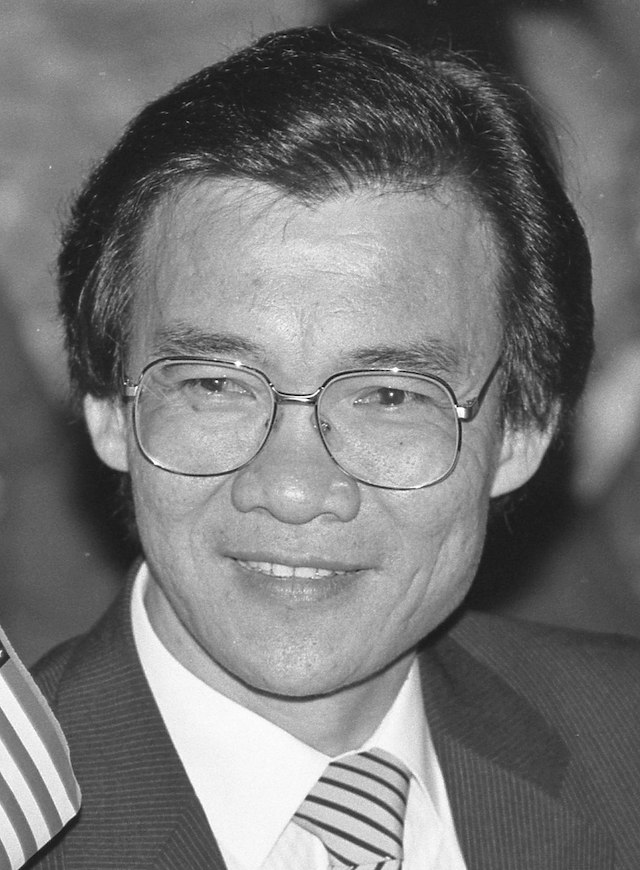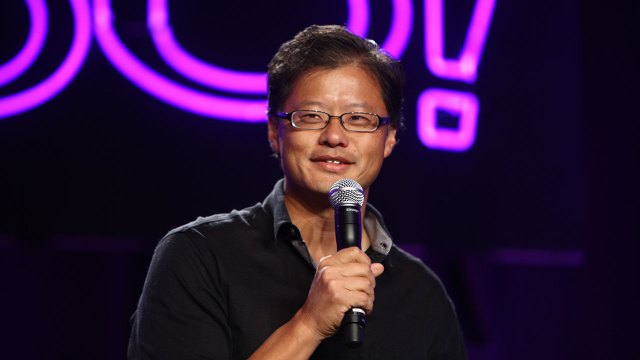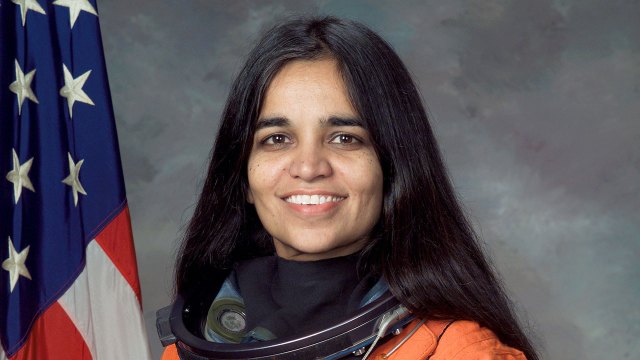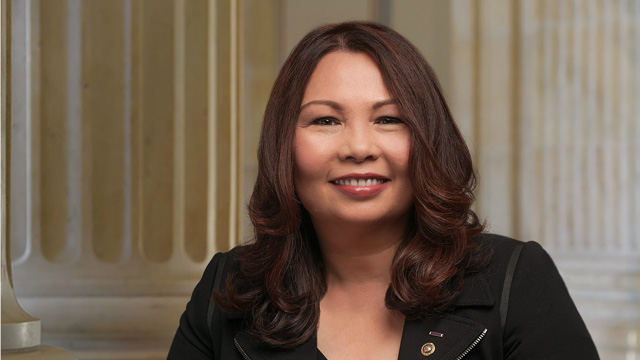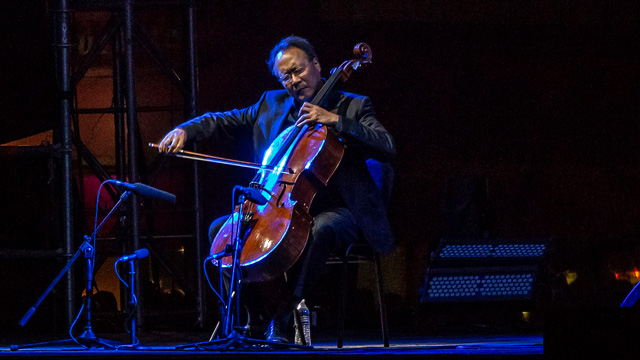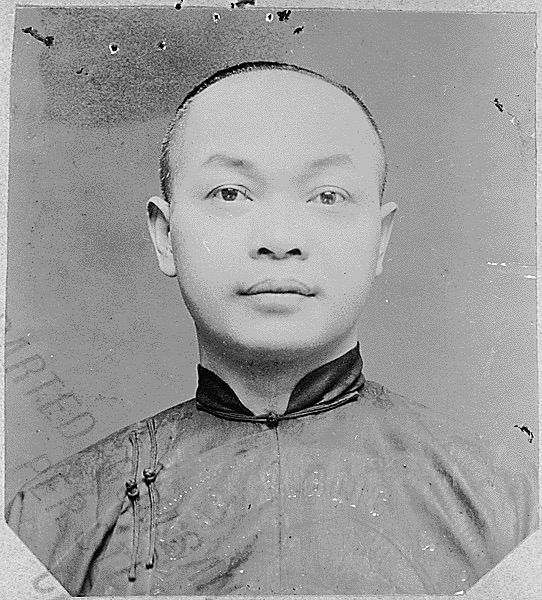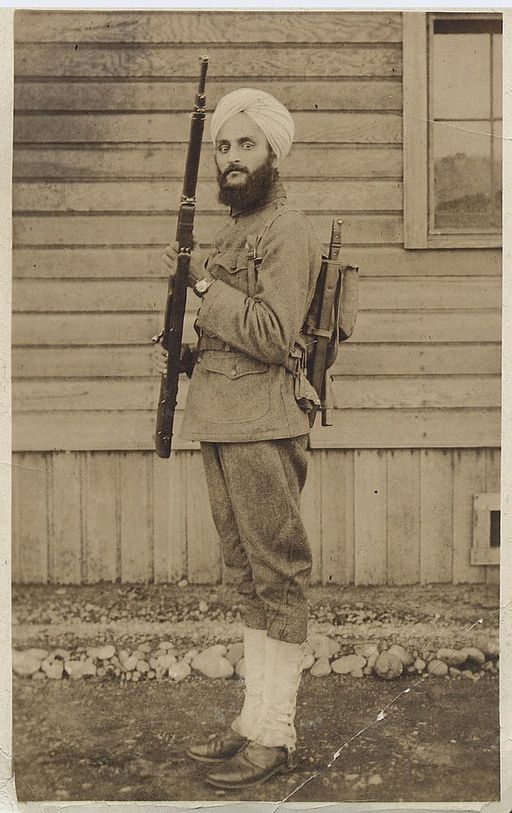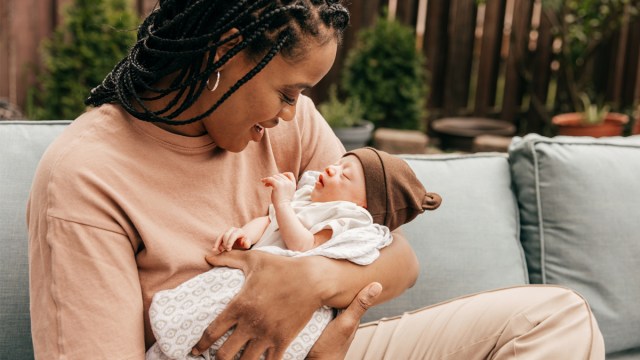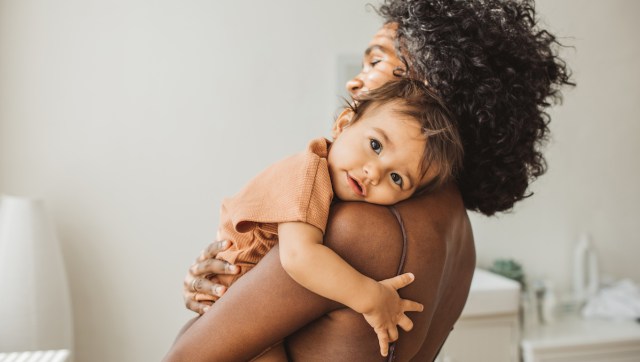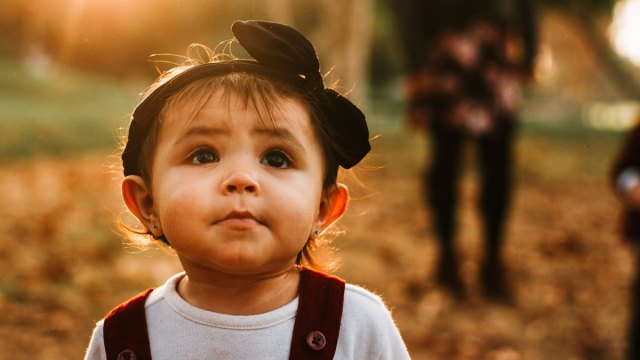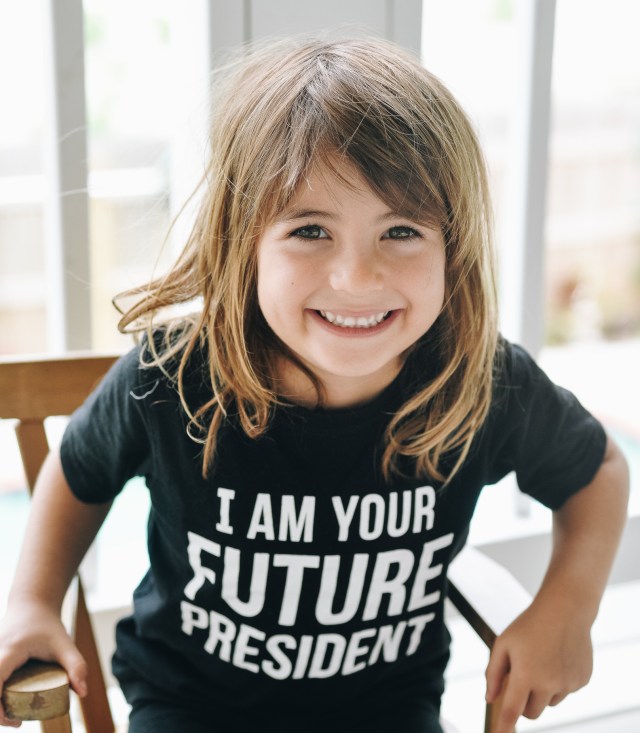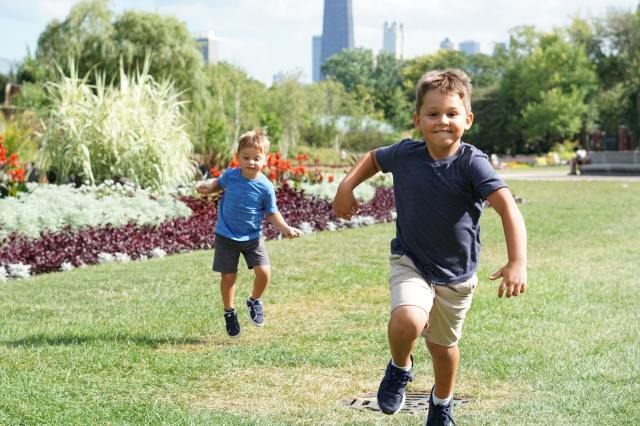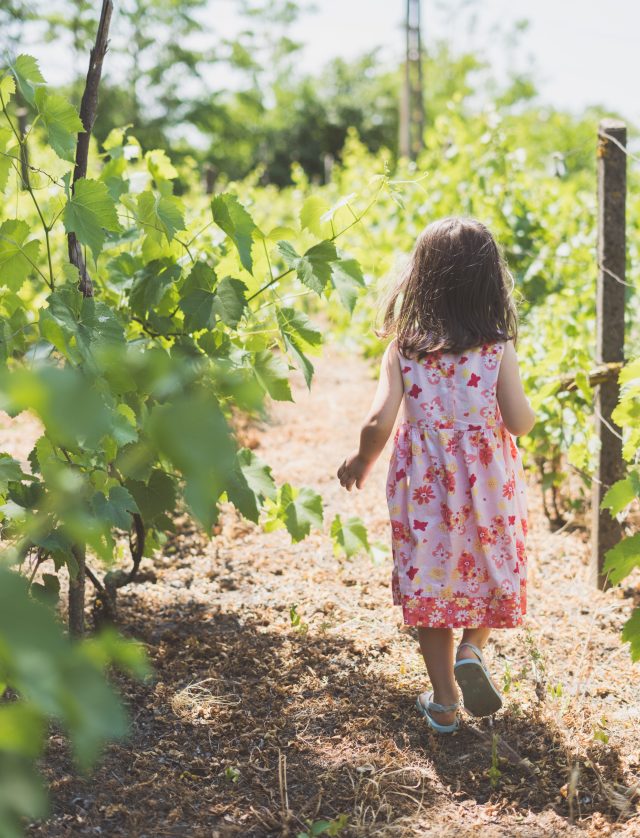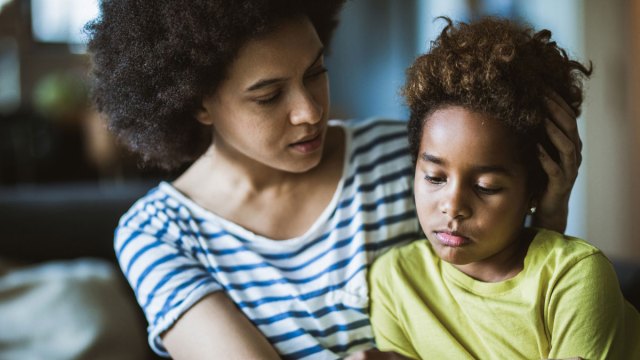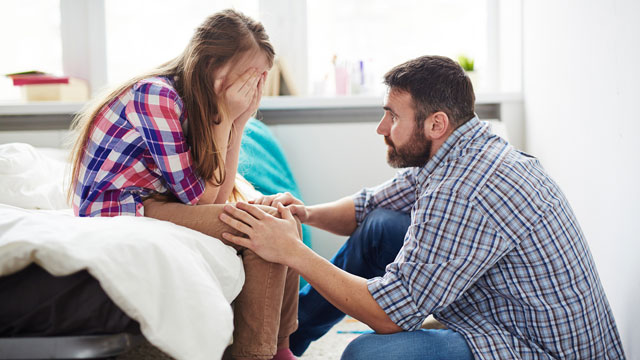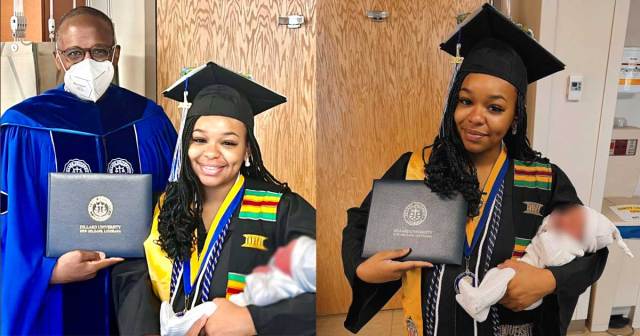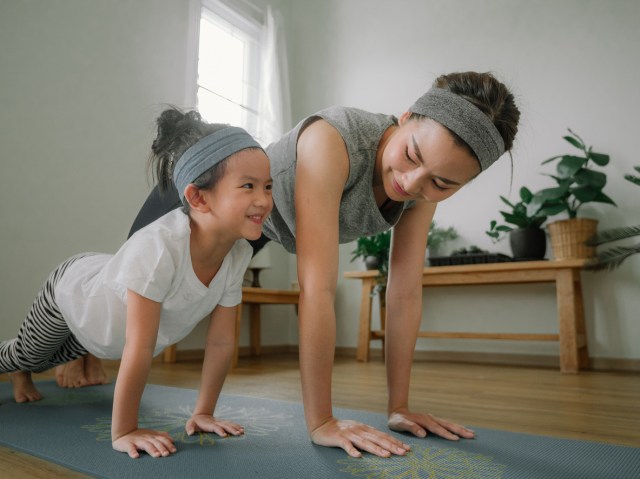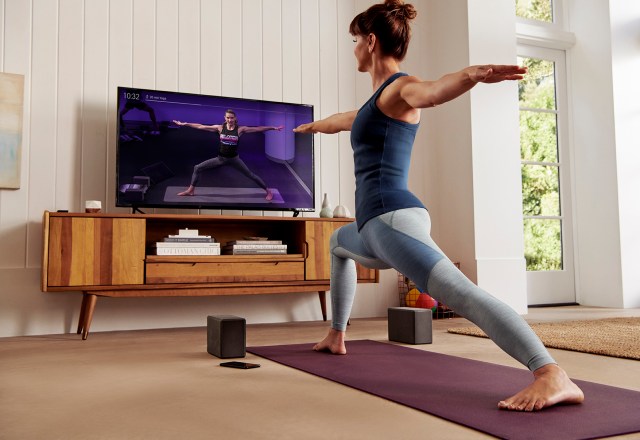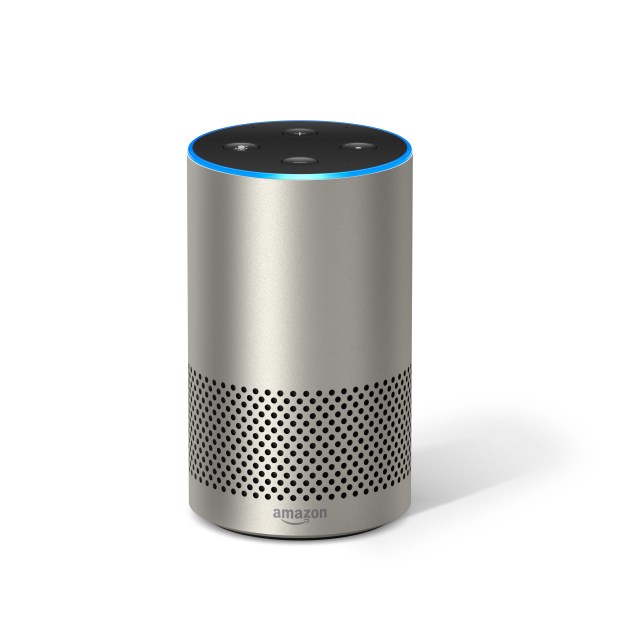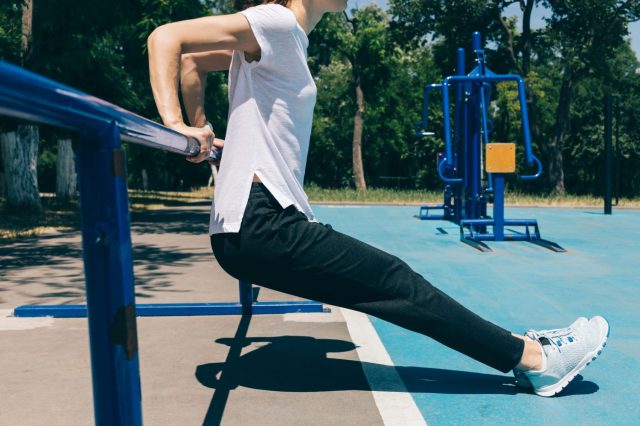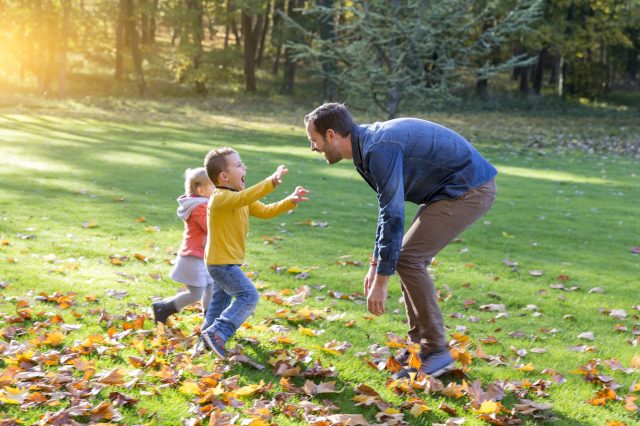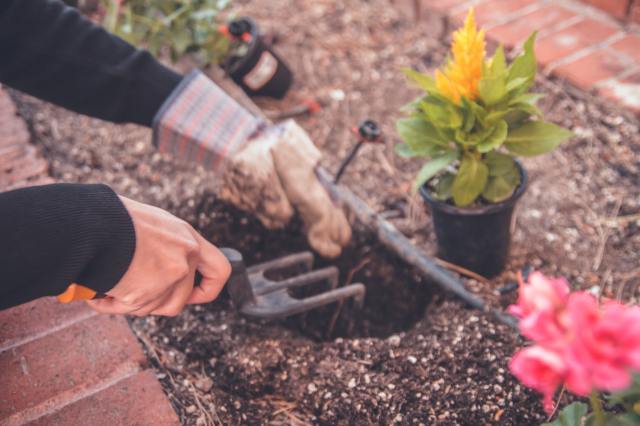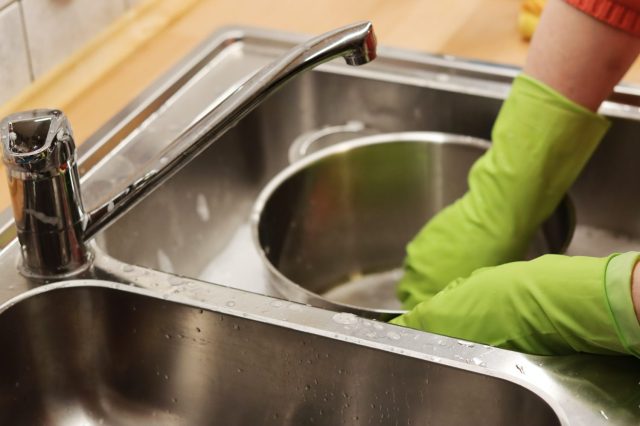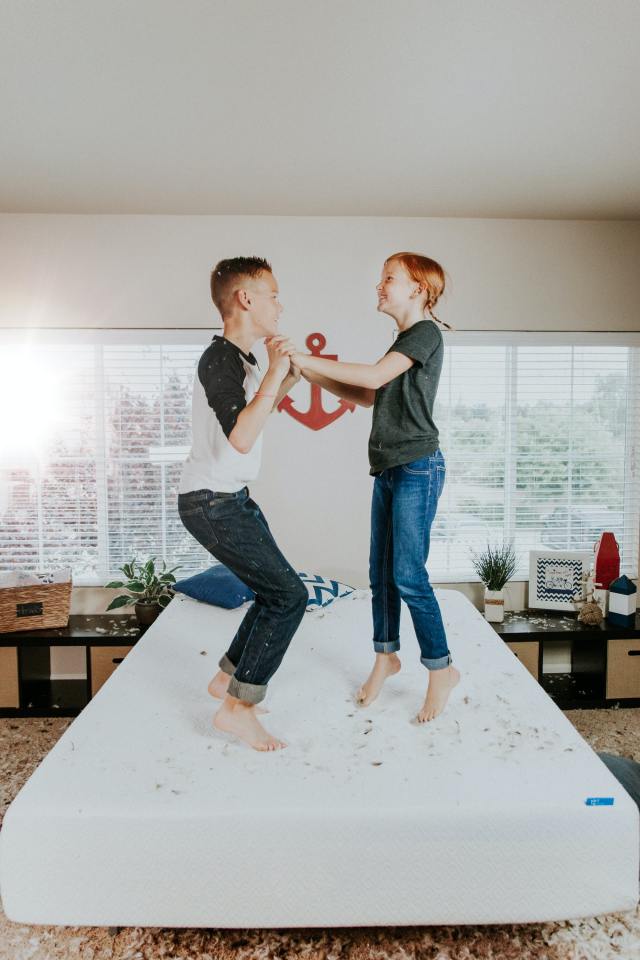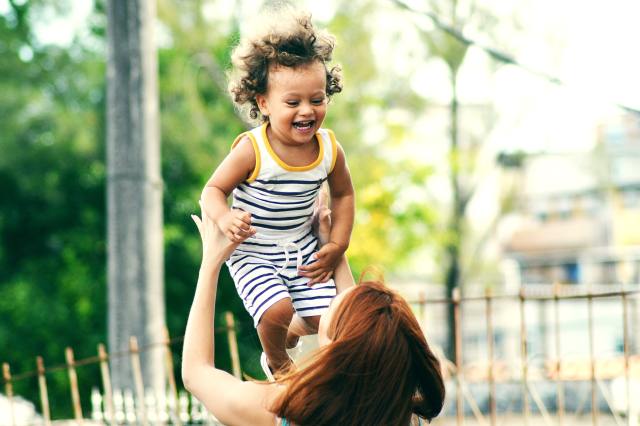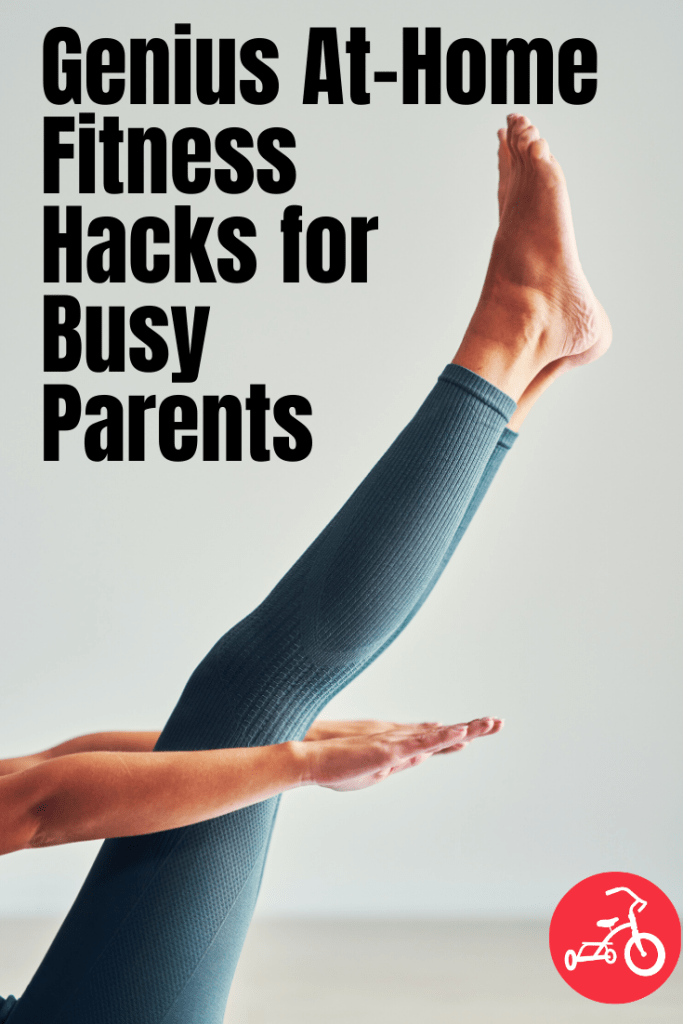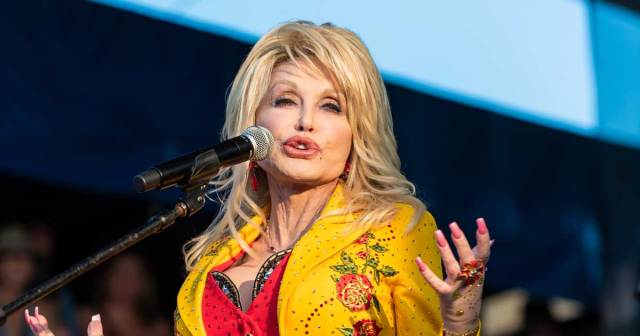Like the city we hail from, Chicagoans have grit, and a play-hard, work-hard attitude. We know ketchup has zero business on a hot dog, distance is always measured in minutes, our favorite football teams are da Bears and anyone who crushes the Packers, and we have deep-rooted, generational Cubs or White Sox allegiances. (Go Cubbies!) Smalltalk centers around weather, as we stubbornly grind our way through all four seasons, sometimes in the same day. We’re a proud people. So, it’s a logical leap to stamp our kid with a distinctly Chicago name derived from our streets, athletes, politicians, and landmarks.
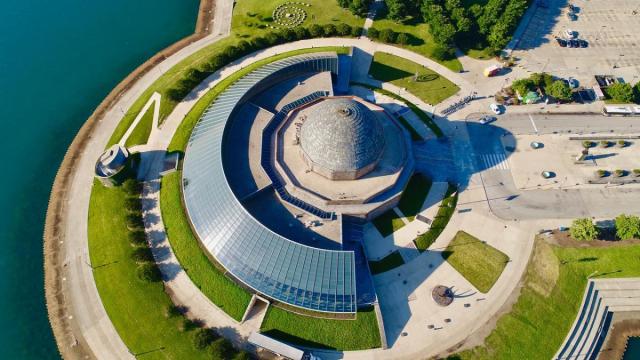
Addison
Many a wild time has been had on Addison Street as it's home to the popular Cubby Bear which sits across the street from the home of the Cubs, Wrigley Field, also on Addison Street. With no apparent connection to Chicago, it's a mystery as to why it was named after the brilliant British physician Thomas Addison, who discovered Addison's Disease.
Adler
Elgin native, Max Adler, was a concert violinist who gave up music to become VP of Sears Roebuck & Co. after marrying into the family that controlled the powerhouse company. After his retirement in 1928, he became a philanthropist who was key to the creation of the first planetarium in the Western Hemisphere, Adler Planetarium.
Al
Throwing a nod to our gangsta roots, how about a lil tot running around named Al, for the infamous, needs-no-intro Al Capone?
Anderson
Shout out to the northside's popular Andersonville, which hosts a massive shindig in honor of their Swedish immigrant roots, the annual Midsommarfest.
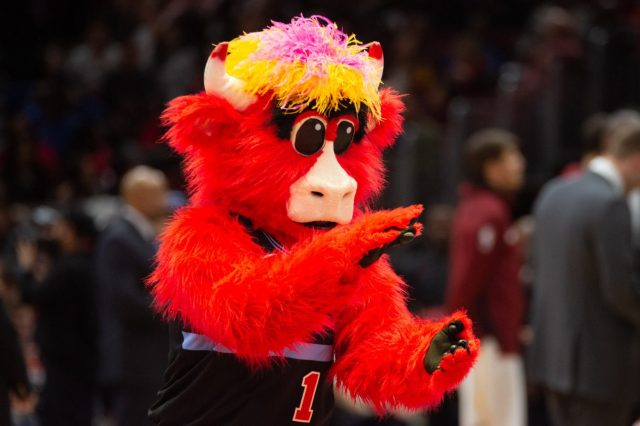
Barack
No matter political alliances, you gotta admit, the 44th President of the United States, Barack Obama, is a guy you'd like to grab a beer, play b-ball and swap stories with. Not only was he the first African-American President in US history, he was also previously an Illinois State Senator who laid roots in the Hyde Park neighborhood.
Benny
Chicago Bulls mascot "Benny" the Bull is one of the longest-tenured and most recognized mascots in sports history, getting his name from Ben Bentley, the Bull's first Public Relations Manager and Stadium Announcer.
Betty
Guys, we get to stake a claim on one of the most universally well-liked celebrities of all time, Betty White. It's a small claim, she moved from her Oak Park home when she was just over a year old, but we'll take it. She, in many ways, paved the way for women in entertainment and had a love story with Allen Ludden that's worthy of fairytales.
Briggs
Lance Briggs played his entire 12-year career as a Chicago Bear linebacker, which is great and all, but mostly Briggs would be an adorable hipster baby name. Just picture baby Briggs in his flannel buttondown, skinny jeans, busted-up Chucks, messy-hair-don't-care style, and oversized glasses for his 20/20 vision.
Burnham
Daniel Hudson Burnham — use any one of those names for baby — was responsible for many of our skyscrapers and was the Director of Works for the World's Columbia Exposition, a.ka. The White City. He is credited for the essence-capturing quote, "Make no little plans. They have no magic to stir men's blood and probably will not themselves be realized."
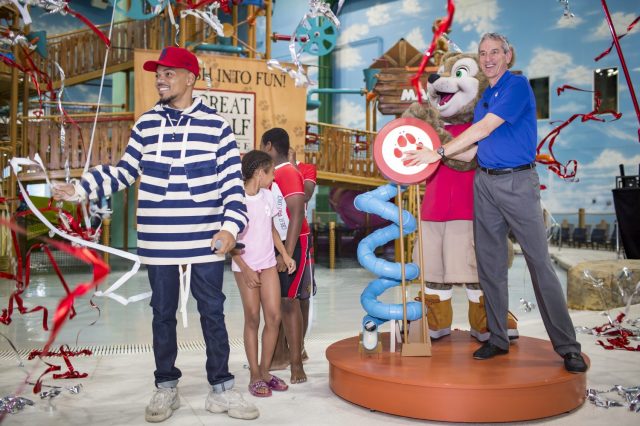
Caray
You aren't allowed to call yourself a Chicagoan if you don't know the name Harry Caray. This absolute legend, in his signature thick wide-rimmed glasses, was a sports announcer who spent 11 years with the White Sox and the last 16 years of his career with the Cubs, famously leading fans in a spirited rendition of Take Me Out to the Ball Game during the 7th-inning stretch.
Catherine
The Great Chicago Fire of 1871 destroyed over 17,000 buildings and 2,000 square feet and many locals like to hold on to the likely, utterly tall tale that it was caused by Catherine O'Leary's cow knocking over a lantern in her barn.
Chance
One of our most famous Chicagoans, Chance the Rapper, also happens to do a whole heck of a lot for Chicago kids with his charity SocialWorks. SocialWorks aims to empower youth through the arts, education, and civic engagement while fostering leadership, accessibility, and positivity within Chicago.
Chicago
Yep, totally a human name now, thanks to Kim and Kanye.
Clark
Not only is it the name of a highly-trafficked street that runs diagonally north-south for a solid 8 miles in Chicago, but Clark is the name of the Chicago Cubs beloved mascot. Clark Street is named for George Rogers Clark, an American War revolutionary who captured much of the Northwest Territory from the British. Cheerio, Clark!
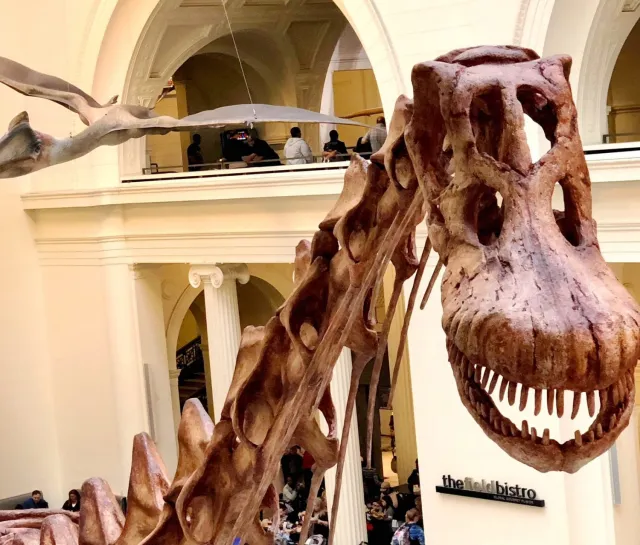
Damen
You've likely found yourself on Damen Ave. one time or another. But how'd it come to be? It was renamed from its original Robey Street in honor of Father Arnold J. Damen, a Catholic priest who founded Holy Family Church and St. Ignatius High School and College, now known as Loyola University.
Elston
Daniel Elston was a British merchant who arrived in Chicago to make and sell soaps, candles and bricks — interesting combo, eh? He also served as an Alderman and Elston Avenue serves as an alternate route alongside the Kennedy Expressway, never straying too far from its path.
Ernie
Nicknamed Mr. Cub and Mr. Sunshine, some say former Cubs player Ernie Banks is the greatest player who ever picked up a bat and glove. He wasn't all brawn and no brains, however, as he was also the first black Ford Motor Company dealer in the United States.
Ferris
Bueller? Bueller? Bueller? Bueller may not have really been ill, but Ferris makes for a pretty sick name, after the iconic 80s movie filmed in Chicago, Ferris Bueller's Day Off.
Field
Marshall Field was the founder of Marshall Field and Company, renowned for its level of quality and customer service, and provided funding for the Field Museum of Natural History and land for University of Chicago. For some nostalgic Chicagoans, Macy's will forever and always be referred to as Fields.

Grant
Grant Park, a.k.a. Chicago's front yard, is home to big-time notables Millennium Park, Buckingham Fountain, Art Institute of Chicago and the Museum Campus and plays hosts to some of our most-attended fests, like Taste of Chicago, Lollapalooza, Chicago Blues Fest and Pride in the Park. It was named after the 18th President of the United States, Ulysses S. Grant, who along with former President Lincoln, led the Union Army to a victory over the Confederates in the American Civil War.
Ida
Ida B. Wells was an African-American investigative journalist, educator, and early leader in the Civil Rights Movement, having been freed by the Emancipation Proclamation during the Civil War at the age of 16. She was arguably one of the most famous black women during her time, working to combat prejudice and fight for the equality of African-American women. We are obsessed with this Chicago name for obvious reasons.
Jackson
The southside's Jackson Park, named in honor of 7th US President Andrew Jackson, was developed to host the Chicago World's Fair in 1893 and is potentially the future site of the Barack Obama Presidential Center.
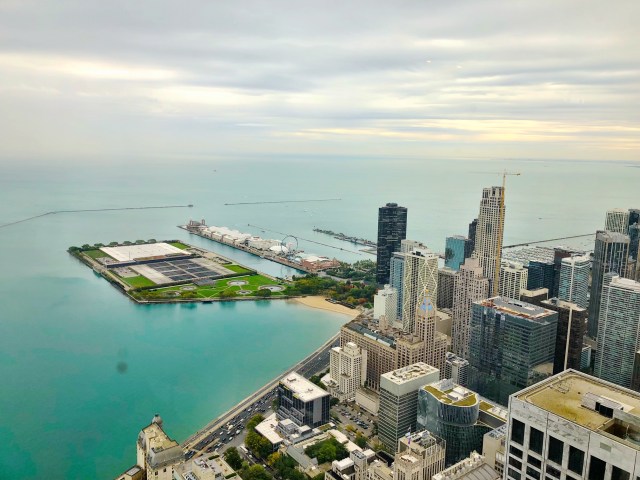
Jane
Born in the Lakeview neighborhood, absolute legend, Jane Bryne became the first female elected to the office of Mayor in the US in 1979, at a time when Chicago was the 2nd largest city in the country.
John
As the first signer of the Declaration of Independence, John Hancock wasn't a Chicagoan, but the skyscraper that up until 2018 bore his name was built as the second tallest in the world on Michigan Ave. in 1968. It was featured in Poltergeist III and was home to the late great Chris Farley, who passed away in his residence on the 60th floor.
Jordan
MJ. Good ole #23, Michael Jordan. Everybody knows him, he made basketball-lovers out of everyone with his out-of-this-world skill, infectious mode of play and raw talent. Arguably the best that ever played, depending on who you ask, producing some pretty sweet gear during his career to boot.
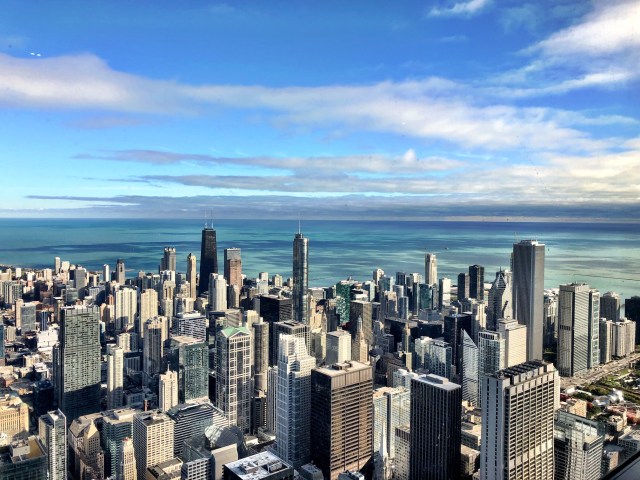
Kingston
We all know Kingston Mines is a world-famous blues club that has hosted legends in the industry, with performances 7 nights a week that go into the wee morning hours. But, did you know it was home to the first-ever performance of the Grease musical in 1971? This fierce Chicago name is a favorite.
Lake
Besides our stunning city skyline, pretty much the most visually stunning in the world, Lake Michigan and its beaches make Chicago a rather swell special place to live. It's one of the five Great Lakes of North America and the only one that sits wholly in the United States.
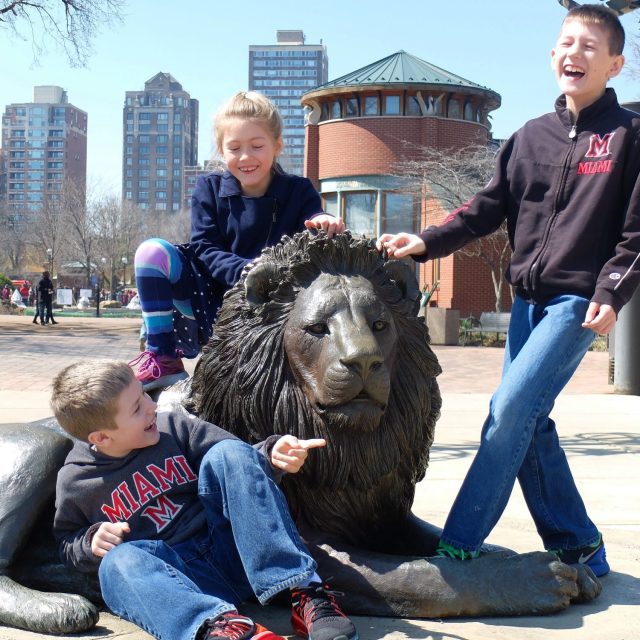
Lincoln
Lincoln Park, Lincoln Park Zoo, Lincoln Memorial, Lincoln Avenue, everywhere you look a Lincoln. Near Lake and Wacker sits a marker commemorating the location where Abraham Lincoln won the nomination for the presidency at the 1860 Republican Convention. Pay a visit to the Chicago History Museum if you're interested in diving more into Lincoln's history, Chicago and beyond.
Logan
Logan Square has quickly risen to be one of the favorite neighborhoods in Chicago, with restaurants that rival West Loop favorites. Its namesake, John A. Logan was an American soldier who served in the Mexican-American War, a Union General in the American Civil War and served the state as a Senator and a Congressman. And, you owe an annual three-day weekend partially to him, as he's regarded as the most important figure in the movement to recognize Memorial Day as a national holiday. We love this Chicago name for boys, girls, and even pets.
Lou
Chicago is known for its pizza, and we all have a passionate favorite. And Lou Malnati's undoubtedly tops a whole lotta lists. Deep dish Lou's? Yes, please!
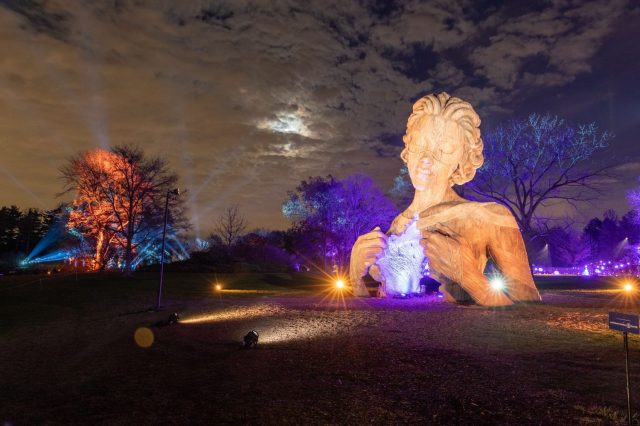
Maggie
Maggie Daley was the wife of Chicago's longest-serving mayor, Mayor Richard M. Daley, who held the position for 22 years. Well known for dodging the spotlight, but staying highly involved, she started the successful After School Matters non-profit that provides high school teens with after-school and summer opportunities in the arts, leadership, sports and STEM fields. In her honor, Chicago also has one of the coolest urban parks in the country with both lake and city views, mini-golf, a climbing wall, skating ribbon, green space and climbing structures, Maggie Daley Park.
Macaulay
Instant holiday classic, Home Alone, starring Macauley Culkin was filmed in a Winnetka home, the Grace Episcopal Church in Oak Park and the famous airport scene was shot in Chicago O'Hare Airport.
Morton
"When it rains, it pours," Morton Salt's motto and accompanying Morton Salt Girl on their logo is one of the 10 most recognized symbols in the US. Joy Morton, the company's founder, also established Morton Arboretum, the 1,700-acre botanical garden situated in Lisle that sees hundreds of thousands of visitors and hikers a year. He's also the son of J. Sterling Morton, who founded Arbor Day.
Ogden
You can ride Ogden Avenue from the Near West Side all the way to Naperville. We wouldn't suggest it, but you could. Bonus points if you know where its name came from? Chicago's first mayor, William B. Ogden, served a one-year term beginning in 1837, was a founder of the Chicago Board of Trade, designed the first swing bridge over the Chicago River and donated the land for Rush Medical Center.
Oprah
How lucky are we that Oprah chose Chicago to host her now-iconic Oprah Winfrey show? She has amassed a beautifully positive legacy that will transcend generations, and any kid would be lucky to carry her name. But, boy, are those some big stilettos to fill. This Chicago name will definitely get you noticed.
Oscar
My bologna has a first name, O-S-C-A-R, and your kid could, too! German immigrant, Oscar Mayer made his way to Chicago and laid the groundwork for one of the most well-known names in the food industry on the near-northside. And blessed the USA with the super dope Weinermobile and the longest-running tv commercial to date that starred a 4-year-old singing about bologna.
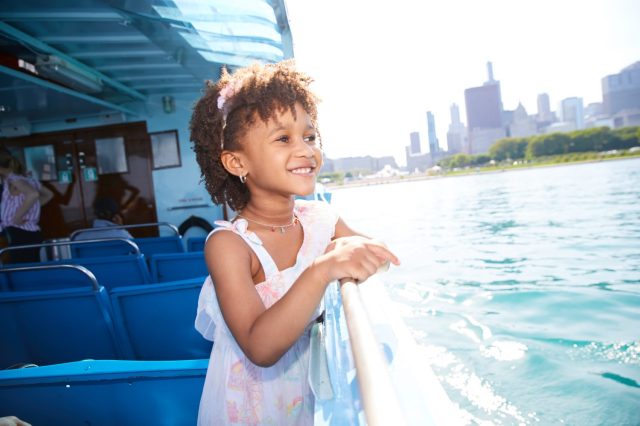
Payton
Called the greatest football player he'd ever seen, and even greater human, by Mike Ditka, Walter Payton played all 13 of his career seasons with the Bears as a running back. His legacy includes the NFL's Walter Payton Man of the Year Award and the Walter Payton Award.
Rand
William Rand opened a printing shop in 1856 and two years later hired Irish Immigrant Andrew McNally to work for $9/week, focusing their efforts on printing tickets and timetables for Chicago's railroad industry. In 1868 they officially launched Rand, McNally & Co. and became the largest and most-reputable map publishers in history. They became the first major map publisher to adopt a system of numbered highways and erected many of the roadside highway signs still used today.
Randolph
Randolph Street runs through the West Loop and is home to some of Chicago's most well-known and loved restaurants, like Girl & the Goat, Little Goat Diner, Au Cheval and Bar Siena. It got its name from one of Chicago's first city planners, James Thompson, who may have named it after his home county, Randolph County, Illinois. But, your guess is as good as ours.
River
The Chicago River runs right through the city and is one of the reasons Chicago is of geographic importance, as it is a link between the Great Lakes and the Mississippi River Basin, and ultimately the Gulf of Mexico. It has a place of honor on the Flag of Chicago represented by two horizontal blue stripes. It's also a feat of civil engineering, as the direction of its flow was reversed in 1900 in an attempt to protect the city's water supply.
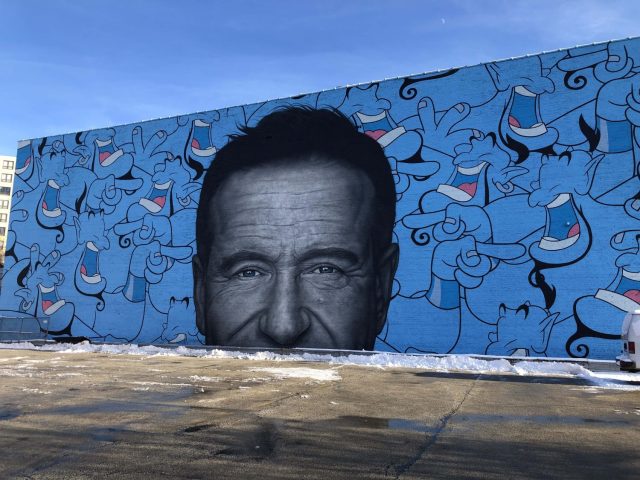
Rizzo
Since being traded to the Cubs in 2012, Anthony Rizzo has made a big impact on Chicago. Not only is he a three-time All-Star first basemen and Hodgkin's Lymphoma survivor, through his non-profit Anthony Rizzo Family Foundation, but he has also donated over $4M to Lurie's Children's Hospital.
Robey
What is now Damen Avenue, was once Robey Avenue, named after James Robey, who operated a roadhouse near Madison and present-day Damen. Don't worry though, the name is still alive, with The Robey Hotel sitting at the intersections of Damen, Milwaukee and North Avenues, serving up sick city views.
Robin
There will never be another quite like the late, great Robin Williams. His eyes twinkled with a beautiful mischievousness and his wit lightning quick. Robin attended elementary and junior high in Lake Forest before his Ford Motor Co. exec dad got transferred to Detroit. You can see a mural dedicated to Williams at Bucktown's Concord Music Hall.
Roscoe
Tis a mystery how Roscoe Village and Roscoe Street received their names, but Roscoe Village is often referred to as a village within a city because of its small-town feel and huge love the residents have for their little slice of a big city.
Rose
D. Rose is no longer a Bulls player, but this Chicago native was a prominent fixture on the team when he wore the jersey. When he called the United Center home, he was named Rookie of the Year and, at the age of 22, was the youngest player to ever win the NBA Most Valuable Player Award.
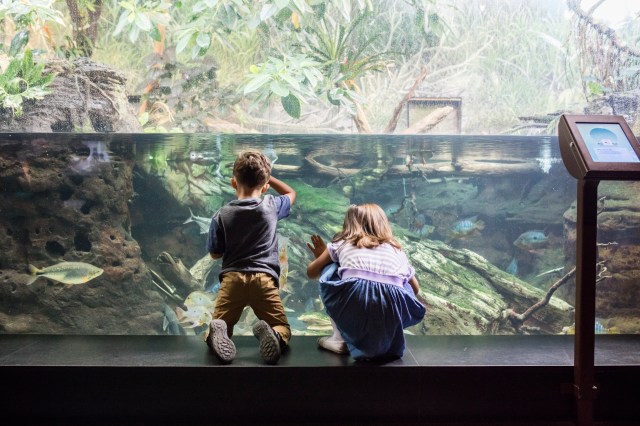
Sammy
Dominican American Sammy Sosa spent much of his baseball career with the Chicago Cubs, reaching his 400th run milestone faster than any other player in the National League, securing his place as one of the game's best all-time hitters.
Shedd
Sitting right next to Lake Michigan within Museum Campus, Shedd Aquarium was the first inland aquarium with a permanent saltwater fish collection and was a gift from John Graves Shedd, President and Chairman of the Board for Marshall Field & Company.
Sheridan
A drive along Sheridan Road and Lake Michigan through the northern suburbs when the leaves are boasting fall colors is extra special, add it to your Chicago bucket list if you have yet to do. Philip Henry Sheridan was a general in the Civil War who coordinated military relief efforts following the Great Chicago Fire.
Thompson
The James R. Thompson Center serves as a secondary capital for the state and was named after the 37th, and longest-running at 14 years, governor of the State of Illinois.
Walt
The pioneer of American animation who holds the record for most Academy Awards won by an individual at 22, Walt Disney, was born in the Hermosa neighborhood.
Willis
Perhaps it's different strokes for different folks, but "Wha'choo talkin' 'bout, Willis?" is EXACTLY right. To die harders, it will always be the Sears Tower, but Willis Tower is technically the official name of the 2nd tallest building in the United States.
Wrigley
This one's pretty obvi, with our Cubbies flying the 'W' at one of the most iconic ballfields in the country, Wrigley Field. Even if you don't like baseball, a game watched at Wrigley is pretty darn special.
Make sure to capture all the adventures with your little Chicagoan—and share them with your family and friends near and far—with the Tinybeans app. The secure platform puts parents in total control of who sees and interacts with photos and videos of their kids.
